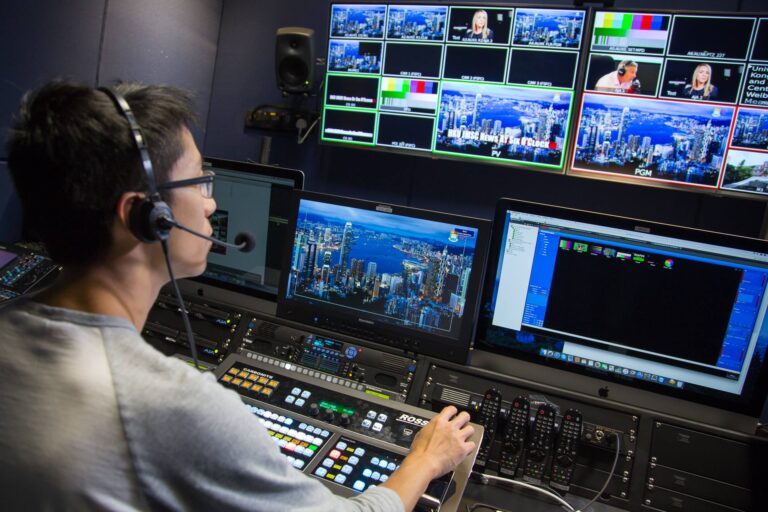Introduction
The field of artificial intelligence continues to advance at a rapid pace, with innovations emerging that push the boundaries of what is possible. In a recent development, the Fal team has introduced an open-source AI image generation model called AuraFlow. This new model boasts an impressive 6.8 billion parameters and promises to revolutionize the way images are created from text prompts.
The Model
AuraFlow v0.1, as the model is designated, is an open-source AI text-to-image model that has been developed with a focus on precision and efficiency. The model has been optimized for computational efficiency and scalability by improving upon the MMDiT architecture. While it excels in generating precise images with particular strengths in object spatial composition and color representation, there is still room for improvement in the generation of human figures.
Key Features
Text-to-Image Generation
AuraFlow’s primary function is to generate high-quality images based on text prompts. This capability is particularly useful for artists, designers, and content creators who need to quickly produce visual content that aligns with their textual descriptions.
Optimized Model Architecture
The model’s architecture is built on 6.8 billion parameters, with an improved MMDiT block design that enhances computational efficiency and the utilization of computational resources.
Precise Image Generation
AuraFlow has demonstrated its strength in generating images with accurate object spatial composition and vibrant color representation. However, the team acknowledges that there is still scope for improvement in the generation of human figures.
Zero-shot Learning Rate Transfer
The model employs a Maximum Update Parameterization (muP) technique, which provides greater stability and predictability in large-scale learning rate predictions, thereby accelerating the training process.
Technical Principles
Improved MMDiT Block Design
By removing several layers and using a single DiT block, AuraFlow has improved the scalability and computational efficiency of the model. This has resulted in a 15% increase in the floating-point utilization for a model of this scale.
Zero-shot Learning Rate Transfer
The muP technique has shown to be more stable and predictable than traditional methods in large-scale learning rate predictions, contributing to a faster training process.
High-quality Text-Image Pairs
The development team has re-annotated all datasets to ensure the quality of text-image pairs, removing incorrect text conditions and improving the quality of instruction adherence, resulting in images that better meet user expectations.
Project Address
- Project Website: fal.ai/auraflow
- AuraFlow Playground: https://fal.ai/models/fal-ai/aura-flow
- HuggingFace Link: https://huggingface.co/fal/AuraFlow
- Fal Official Website: fal.ai
How to Use AuraFlow v0.1
To utilize AuraFlow, users must ensure they have a Python environment installed on their computer. They will need to install necessary Python libraries, including transformers, accelerate, protobuf, sentencepiece, and diffusers. Users can then download the model weights from the Hugging Face model repository and use the Diffusers library to load the model and generate images.
Applications
AuraFlow has a wide range of potential applications, including:
- Artistic Creation: Artists and designers can use AuraFlow to generate unique artworks or concept designs based on text descriptions, accelerating the creative process and exploring new visual styles.
- Media Content Generation: Content creators can quickly generate cover images for articles, blogs, or social media posts, enhancing the attractiveness and expressiveness of their content.
- Game Development: Game developers can use AuraFlow to create concept art for characters, scenes, or props, speeding up the game design and development process.
- Advertising and Marketing: Marketers can use AuraFlow to generate compelling visual materials based on advertising copy or marketing themes, enhancing the creativity and effectiveness of their campaigns.
Conclusion
AuraFlow represents a significant step forward in the realm of AI-generated images. With its open-source nature and advanced capabilities, it is poised to become a valuable tool for a wide range of industries and applications. As the Fal team continues to refine and expand upon this model, the possibilities for AI-generated visual content are sure to grow.
Views: 0
